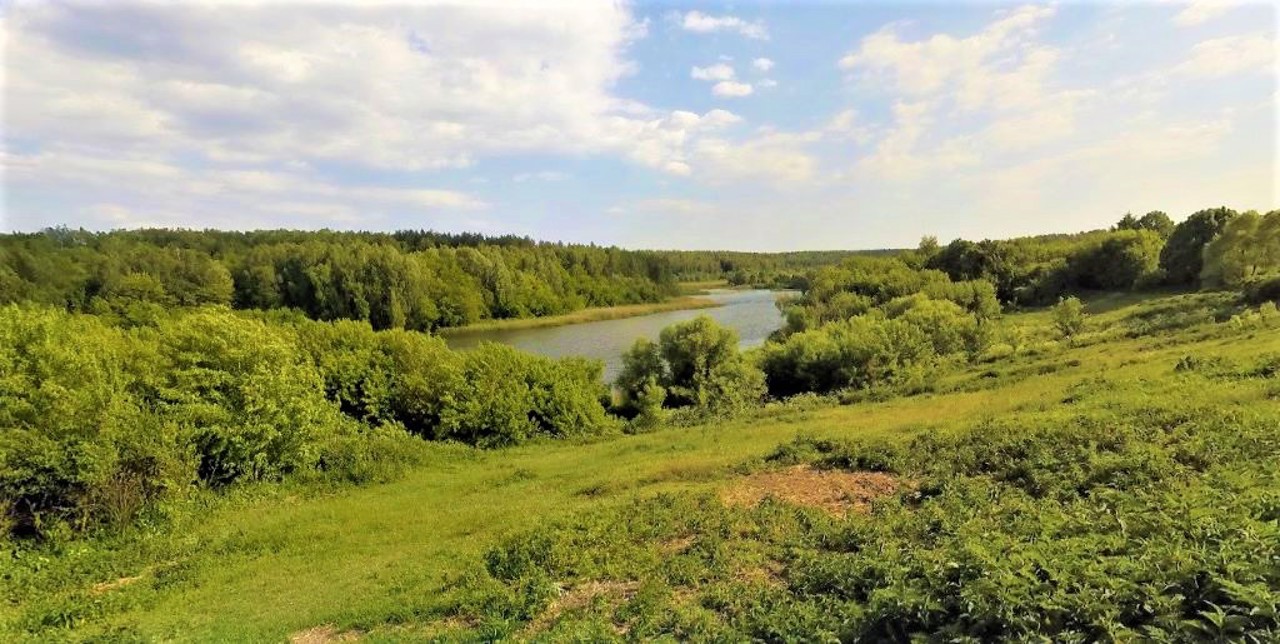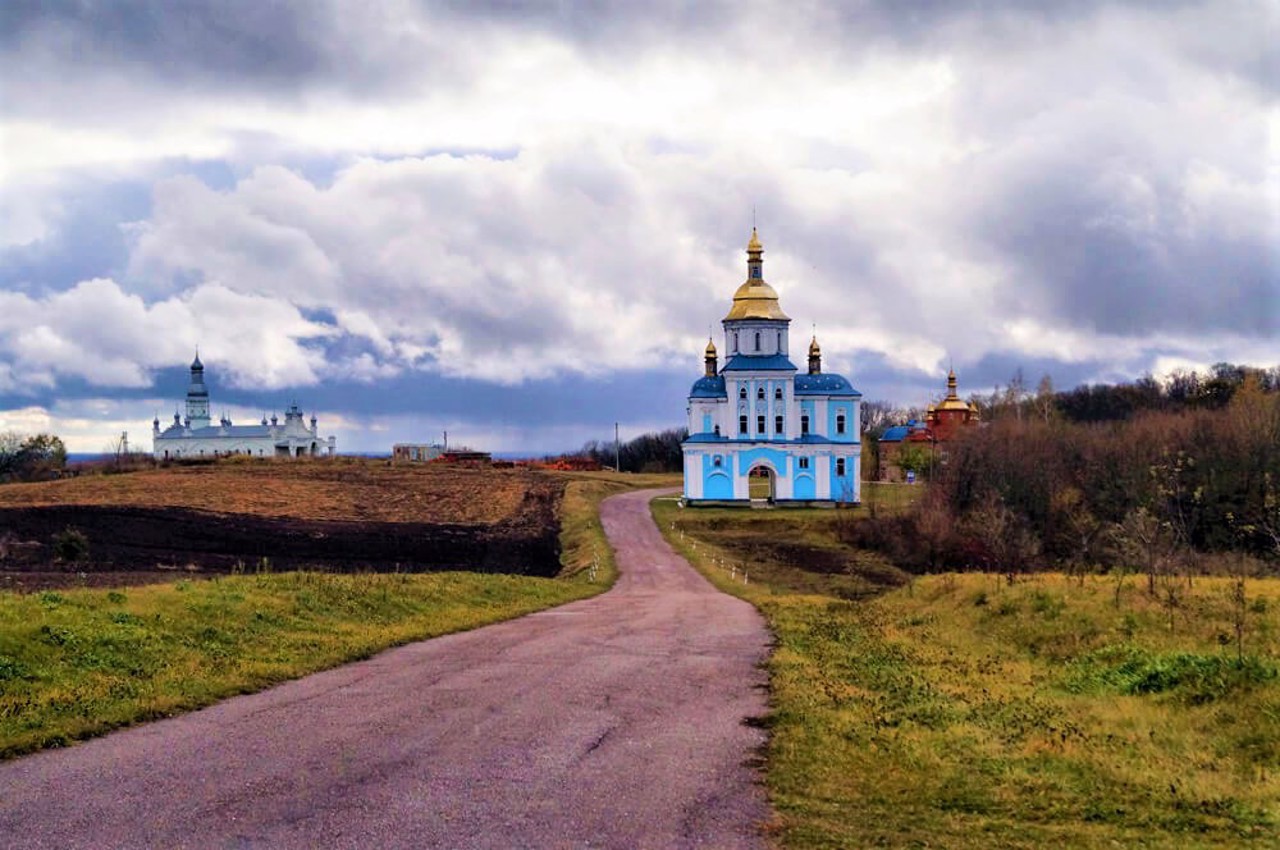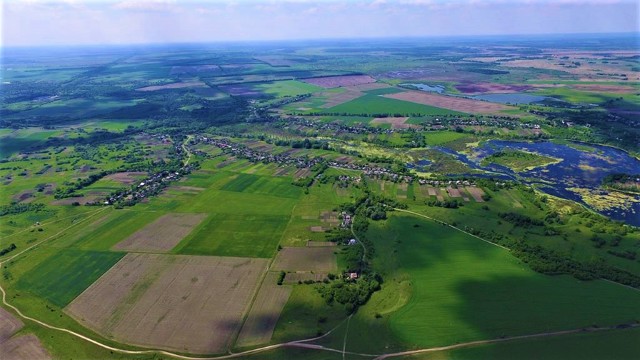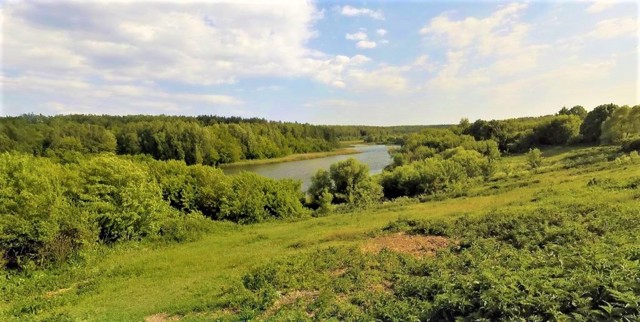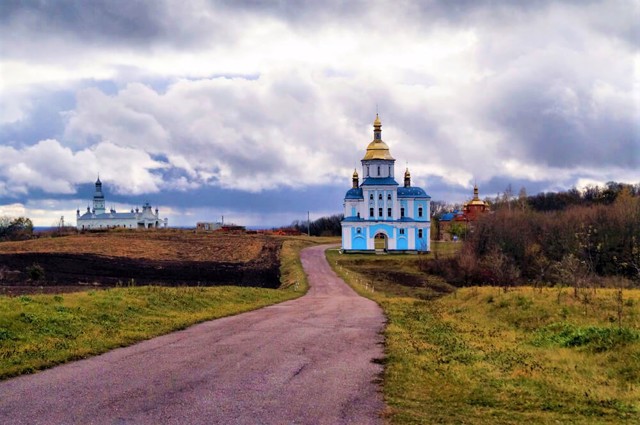Functional temporarily unavailable
General information about Nova Sloboda
The village of Nova Sloboda is located 20 kilometers northeast of Putyvl.
The territory of Nova Sloboda and its surroundings was inhabited in the 4th millennium BC. Neolithic and Bronze Age settlements, a Scythian settlement, four early Slavic settlements, as well as a settlement and burial mound from the times of Kyivan Rus were found here.
Here is located the Sofronivsko-Movchansk Hermitage, which is connected with the Molchensk Monastery in Putyvl, to which it was subordinated for a long time.
In 1942, Hitler's punishers destroyed 586 civilians of the village. In memory of this, the "Bell of Sorrow" memorial was opened.
Село Нова Слобода розташоване в 20 кылометрах на північний схід від Путивля.
Територія Нової Слободи та її околиць була заселена в IV тисячолітті до нашої ери. Тут знайдено поселення епохи неоліту та бронзи, городище скіфських часів, чотири ранньослов'янські поселення, а також городище і курганний могильник часів Київської Русі.
Тут розташована Софронівсько-Мовчанська пустинь, яка пов'язана з Молченським монастирем в Путивлі, якому вона довгий час підпорядковувалася.
В 1942 році гітлерівські карателі знищили 586 мирних жителів села. На згадку про це відкрито меморіал "Дзвін скорботи".
Сплануй своє перебування у Nova Sloboda
What to see and where to go in Nova Sloboda
Tourist attractions and museums of Nova Sloboda
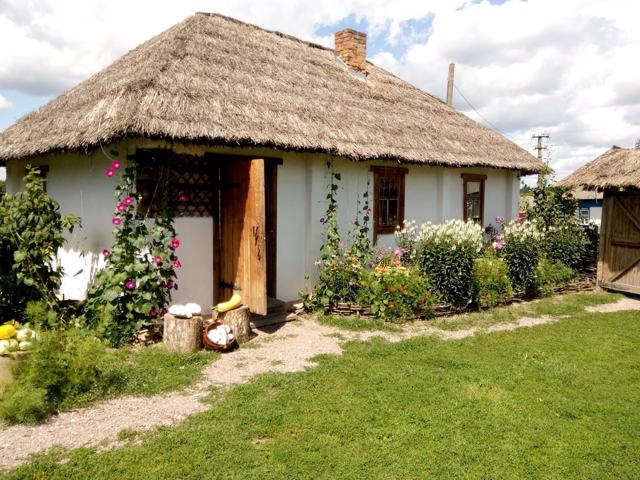
Horiun Culture Museum
Museum / gallery
The Ethnographic Museum of Horiun Culture in the village of Nova Sloboda opened in 2017 as a branch of the State Historical and Cultural Reserve in Putyvl.
The museum presents a unique culture of Horiuns - a small ethnic group living in Putyvl region. According to researchers, it is an autochthonous ancient Slavic population that has preserved its original culture, language and archaic features in everyday life.
The open-air museum exhibition (skansen) recreates the estate of the Horiuns of the late XIX - early XX centuries. The interior of the house presents furniture, various household items, clothes, etc. Here and ancient icons, and embroidered towels, and a cradle, and a loom. In farm buildings - barns, barns, windmills - exhibited tools, other agricultural equipment.
In addition, in the Horiun courtyard you can see a crane well and a rare kind of cellar – a neck pit.
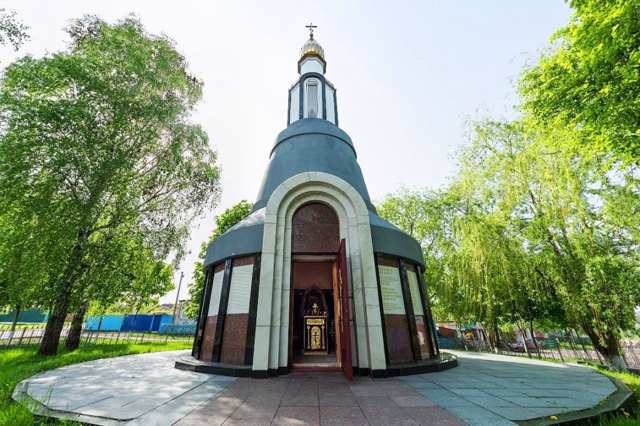
Memorial "Bell of Sorrow"
Monument
The village of Nova Sloboda in the Sumy region is called the Ukrainian Khatyn, because in 1942 the German occupiers shot 586 villagers to take revenge for the help of the villagers to the partisan unit of Sydor Kovpak.
In 2004, the "Bell of Sorrow" memorial was opened in the center of Nova Sloboda - a monument to the unconquered village and its brave inhabitants.
The monument is made in the shape of a bell, inside there is a small chapel, the names of all those who died in that tragedy are engraved on the marble slabs.

Sophronivsky Monastery
Temple , Architecture
The Nativity of the Virgin Sophronivsky Monastery is located on Mount Chudna above the Molchanka River.
Its ancient history is closely related to the history of the Molchensky Monastery in Putyvl. According to legend, the first monastery was founded by Greek monks who settled here together with Metropolitan Mykhaylo back in the 11th century.
According to another version, the Sophronivsky-Molchensky Hermitage was founded in the 13th century by Kyiv-Pechersk monks. The first monastery caves belong to these times.
At the end of the 14th century, the monastery fell into disrepair, after a century it was revived, but in 1592 it was again destroyed by the Tatars. After that, the Molchensky Monastery was transferred to Putyvl, but soon the idea of restoring the wilderness in its former place ripened. In 1630, the first stone church of the Nativity of the Mother of God was built, and in 1653, a monastery was revived near it, which was called Small Molchensky, and soon - Sofroniivsky, named after Abbot Sophronius, who significantly contributed to the establishment of the monastery as one of the the largest in the Russian Empire.
At the beginning of the 20th century, there were 60 different buildings here. In 1930, the Bolsheviks closed the monastery and destroyed the churches, and placed an orphanage on the territory. By the end of the 20th century, only ruins remained here. The revival began in 1999. The caves have been cleared, the Inter-Gate Church of the Intercession and the Church of Elijah the Prophet have been restored, the refectory and the abbot's building have been restored, the Cathedral of the Nativity of the Virgin and the bell tower are under construction. The Iver icon of the Holy Mother of God is kept here.
The Nativity of the Virgin Sophronivsky Monastery belongs to the UOC of the Moscow Patriarchate.
Reviews Nova Sloboda
Geographical information about Nova Sloboda
| {{itemKey}} | {{itemValue}} |
|---|---|
| Region |
Sumy |

